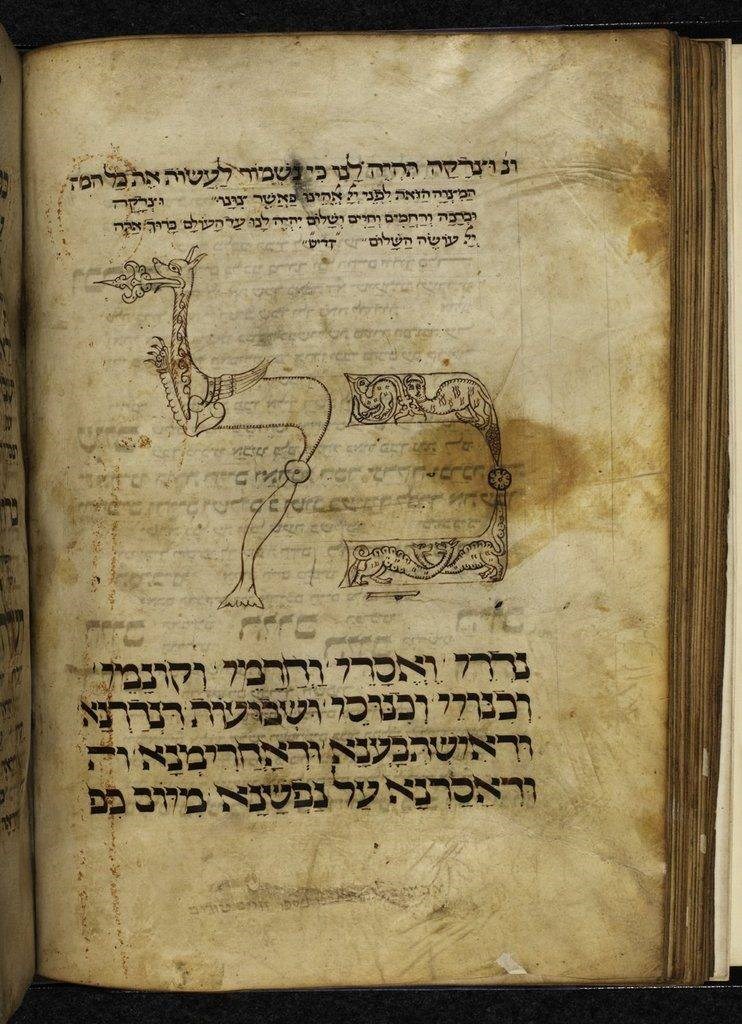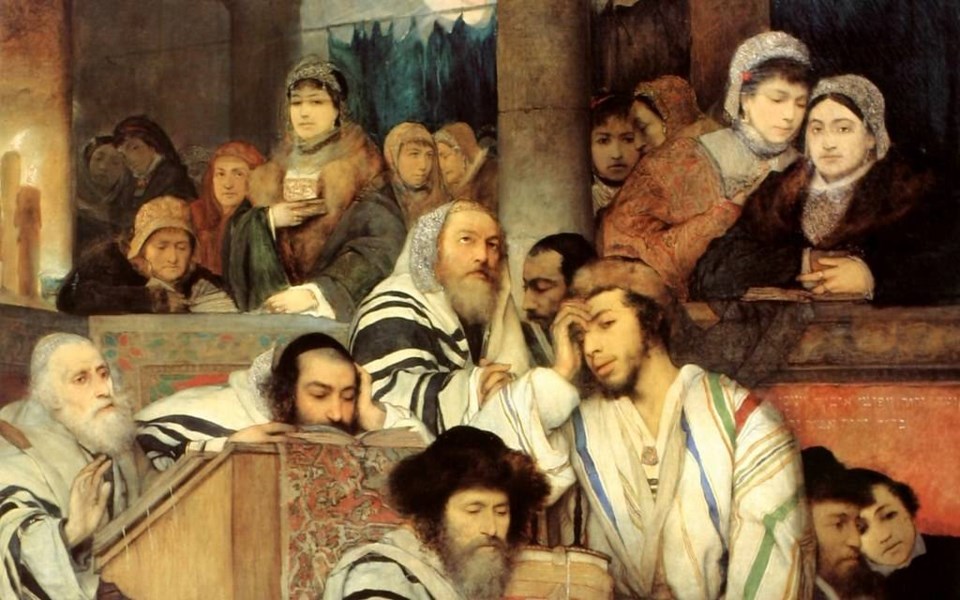Today is Eriv Yom Kippur or Yom Kippur Eve.
Tomorrow, October 9, those of the Jewish faith will gather to honor Yom Kippur, the day of atonement and what is considered the holiest day of the year.
In the Torah it states, following the sin of the Golden Calf, Moses pleaded with God to forgive the people. Finally on Yom Kippur, atonement was achieved and Moses brought the second set of Tablets down from Mount Sinai.
From that day forward, every Yom Kippur carries with it a special power to cleanse mistakes (both individually and collectively) and to wipe the slate clean.
On every Yom Kippur, there are four steps to reconciliation:
- Displaying Regret — acknowledging that a mistake was made, and feeling regret at having squandered some of our potential.
- Ending the bad deed — stopping the harmful action shows a true commitment to change.
- Confession — admitting the our mistake out loud, and then ask forgiveness from anyone we may have harmed.
- Resolution — making a firm commitment not to repeat the harmful action in the future.
In many faiths, a verbal confession to a religious cleric is all that is needed to be forgiven. But with Yom Kippur, there's also the arduous work of having to go back to the person or entity to which you've done harm and apologize, seek forgiveness and make amends.
Throughout the year, many people spend their days focusing on food, work, material possessions and superficial pleasures. So on Yom Kippur, Jews use the day to "reset" their priorities by abstaining from:
- eating and drinking
- washing
- applying oils or lotions to the skin
- marital relations; and
- wearing leather shoes (symbolizing material possessions)

For the week before Yom Kippur (known as the 10 Days of Repentance), special additions are made to prayers, and people are particularly careful with their mitzvah observance.
The Yom Kippur fast begins before sundown and extends 25 hours until the following evening.
Before sunset on the eve of Yom Kippur, the congregation gathers in the synagogue for "Kol Nidre Night." The Kol Nidre is like a prayer, but not exactly: It is more a citation or "formula" that revokes any personal or religious oaths or prohibitions made upon oneself to God for the next year, so as to preemptively avoid the sin of breaking vows made to God which cannot be or are not upheld.
With the Kol Nidre, the Ark is opened and two people take from it two Torah scrolls. Then they take their places, one on each side of the cantor, and the three recite:
By the authority of the Court on High and by authority of the court down here, by the permission of One Who Is Everywhere and by the permission of this congregation, we hold it lawful to pray with sinners.
This invitation to sinners is not specifically for Kol Nidre but for the whole of the Day of Atonement.
When greeting someone during this time, you do not say, "Happy Yom Kippur," for it is not about celebration but serious and meditative atonement. An appropriate greeting would be, "Wishing you a meaningful Yom Kippur!"
*Sources:




